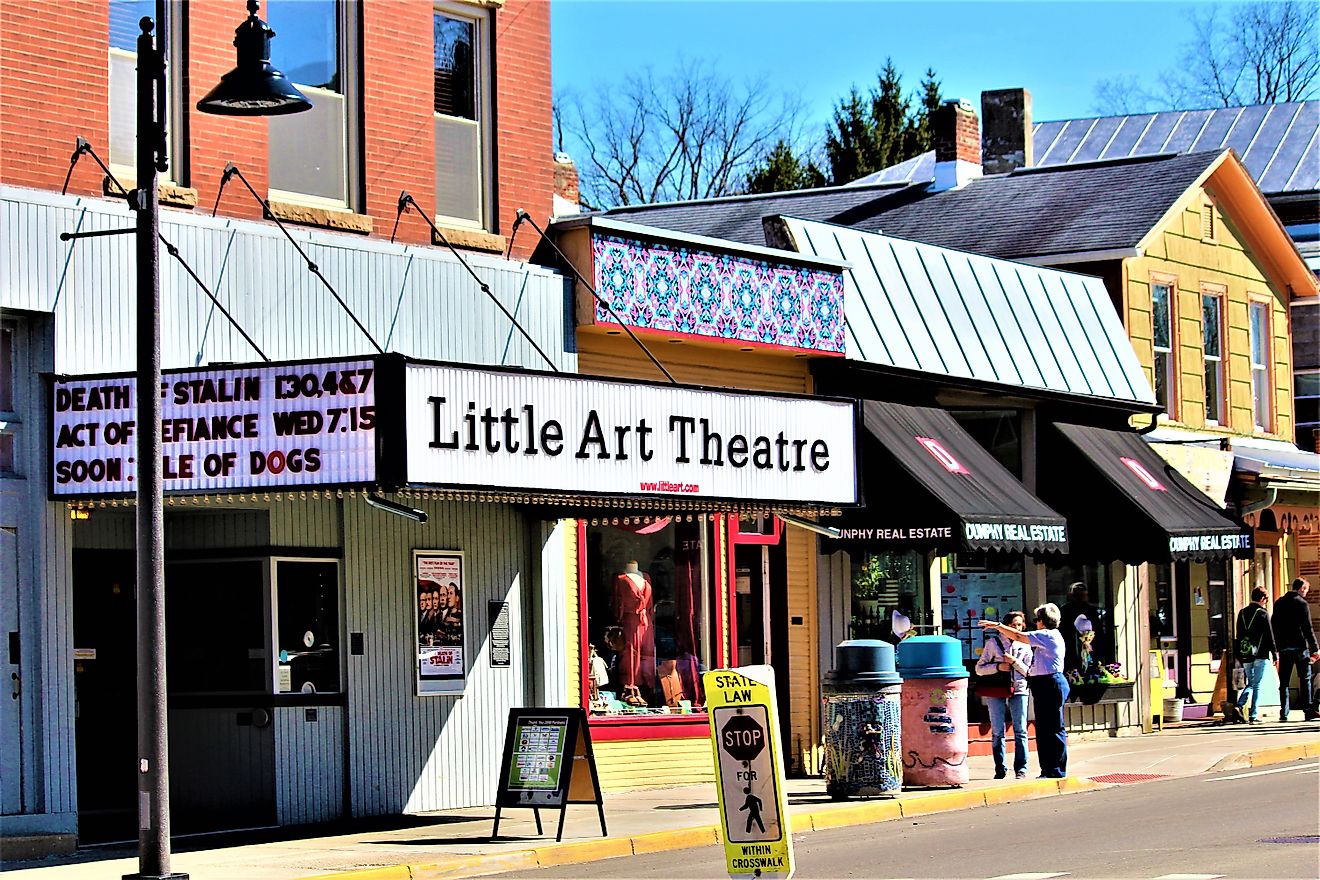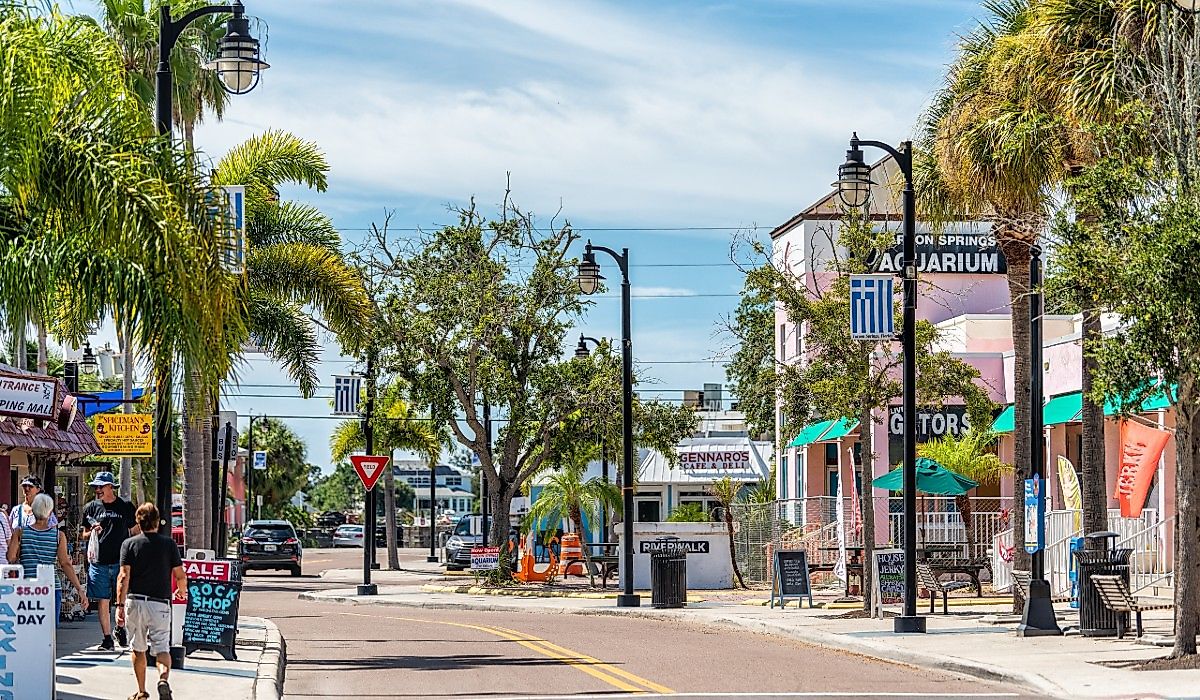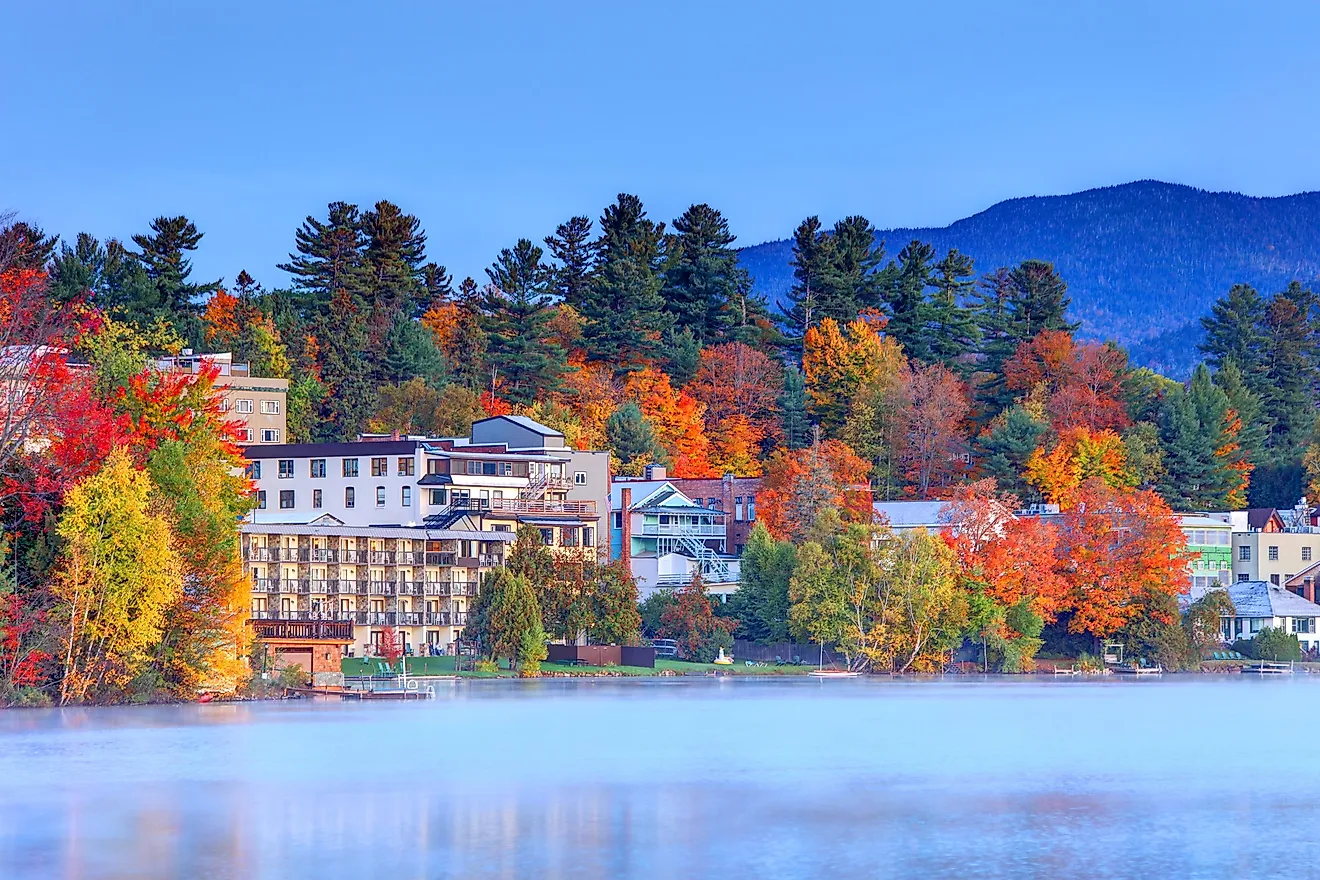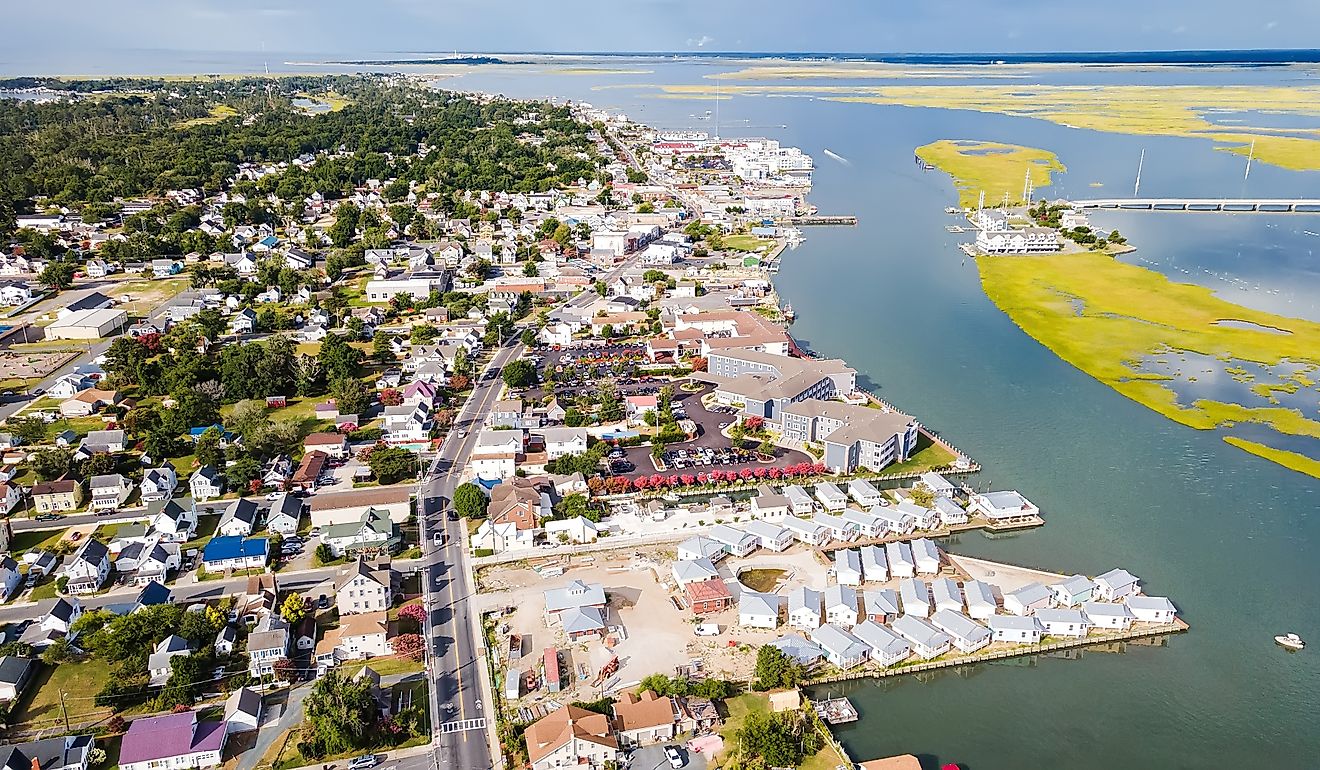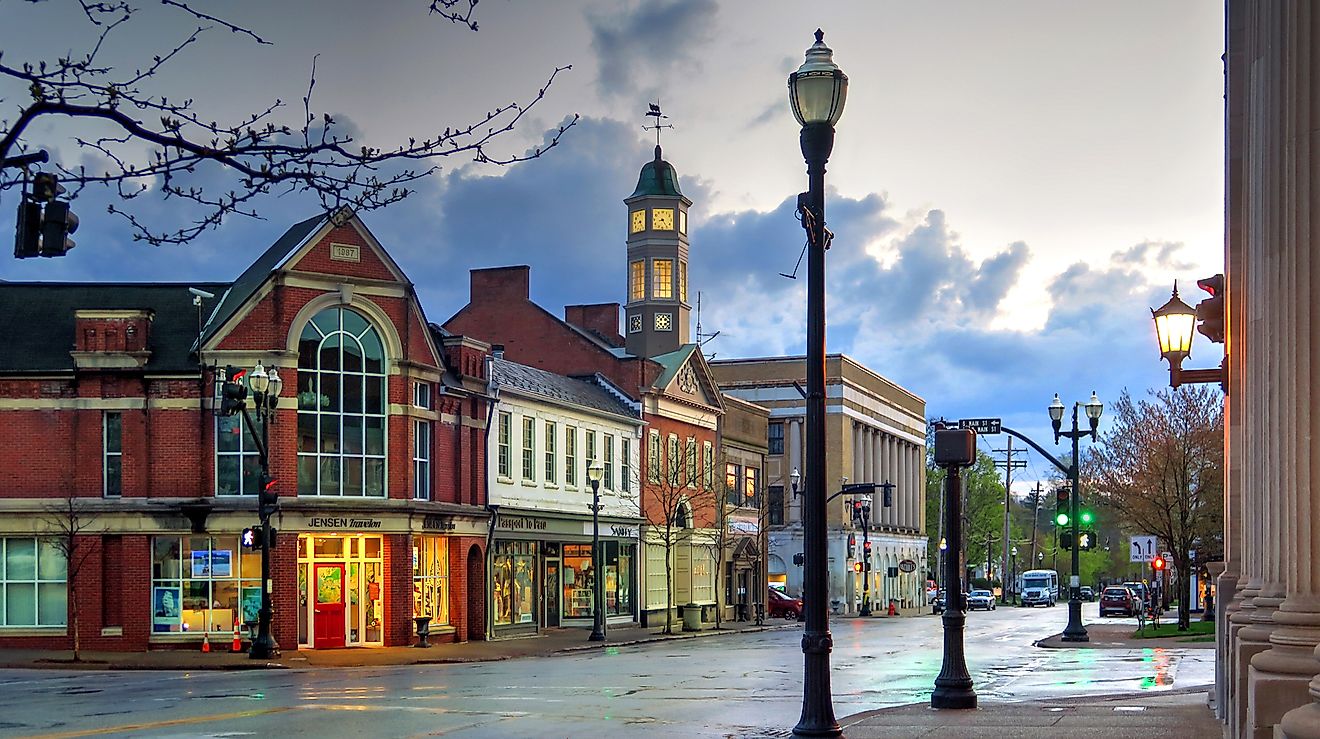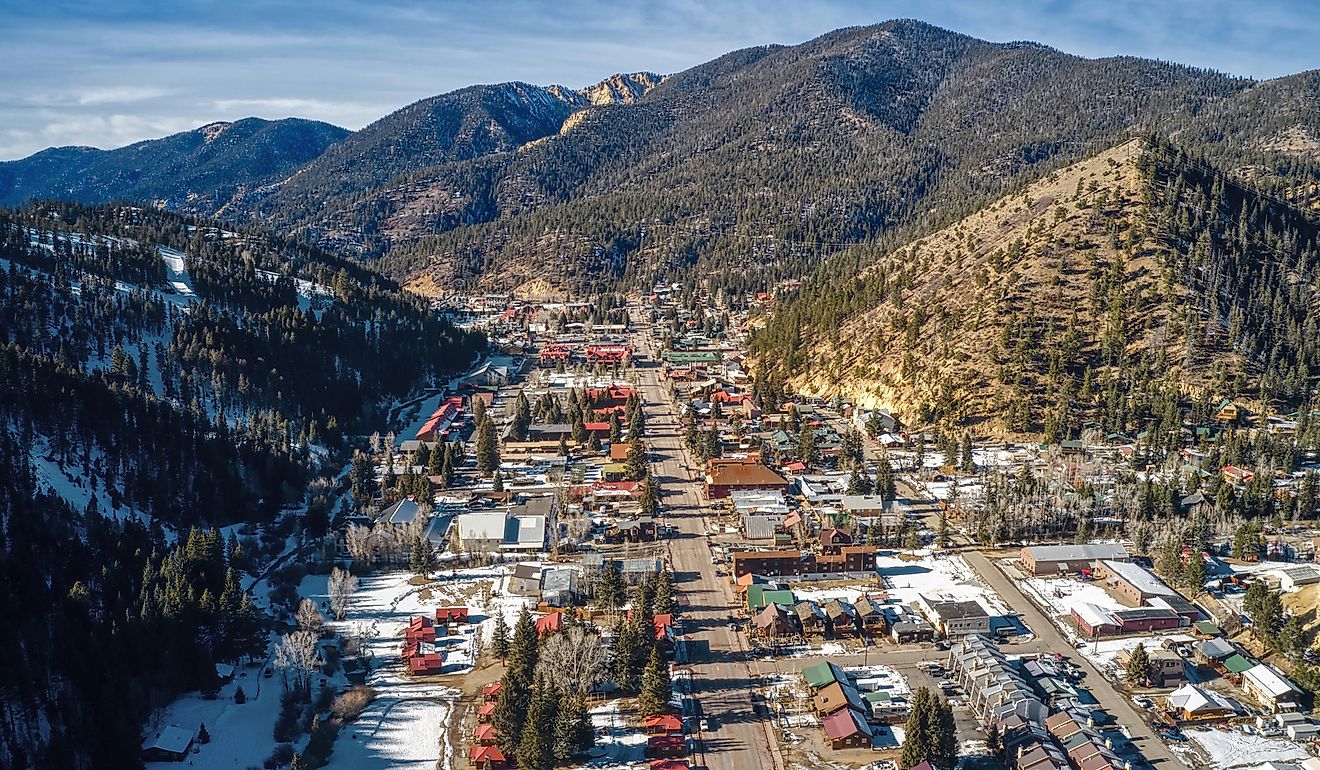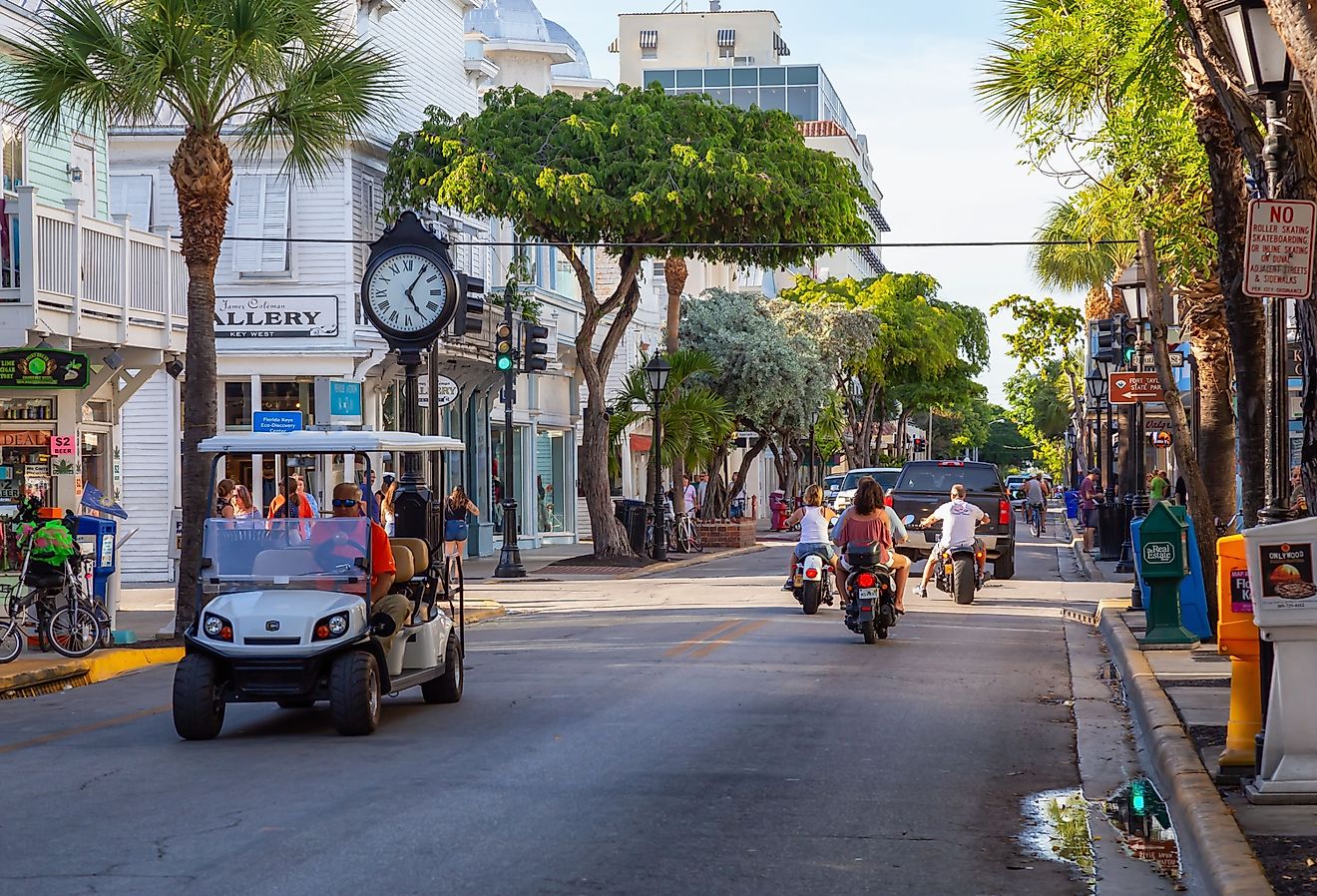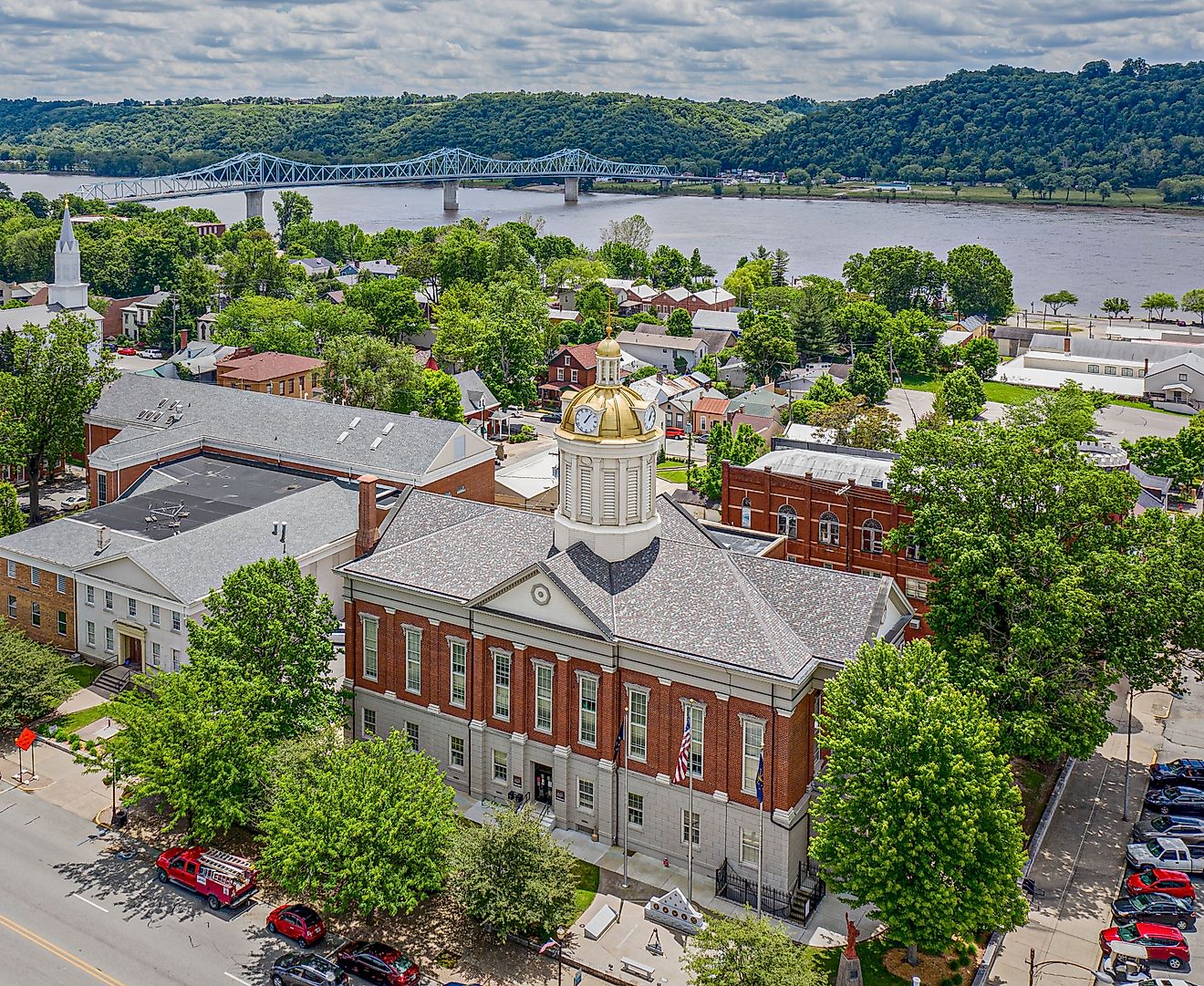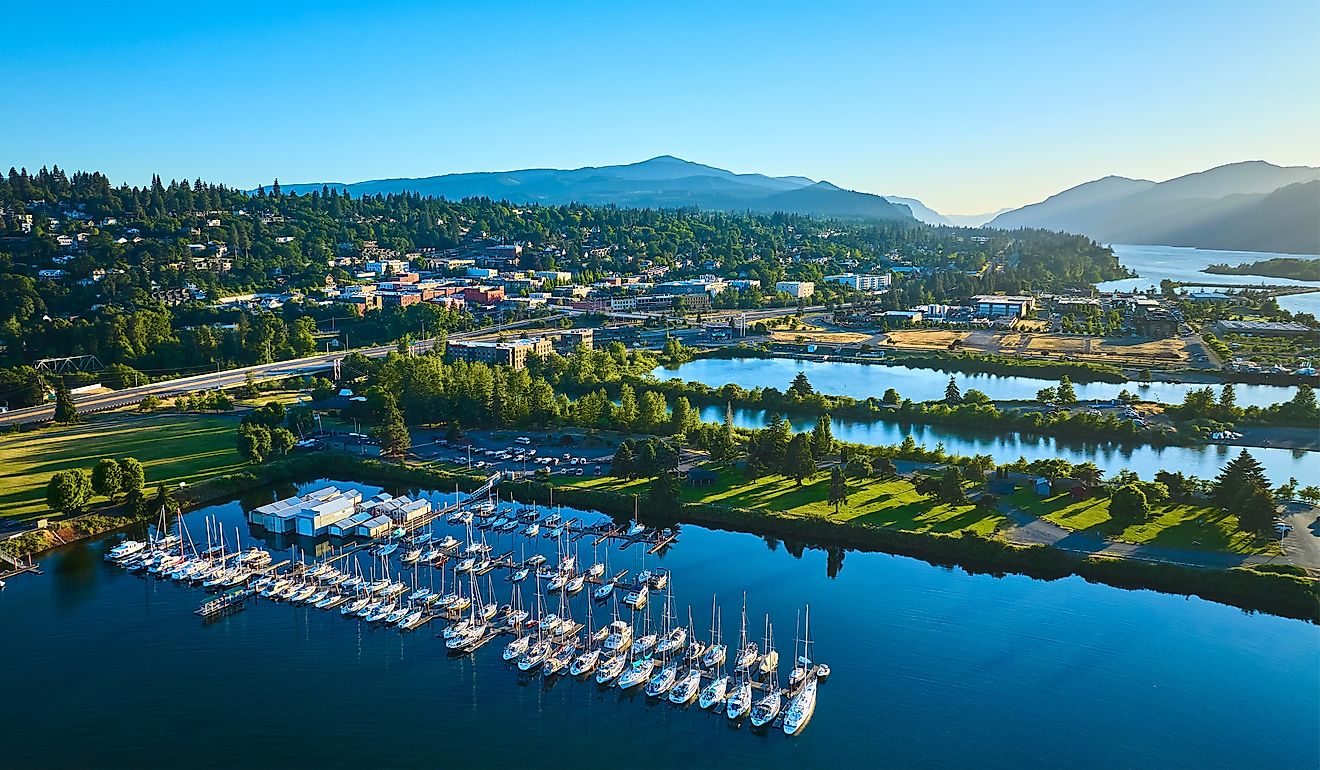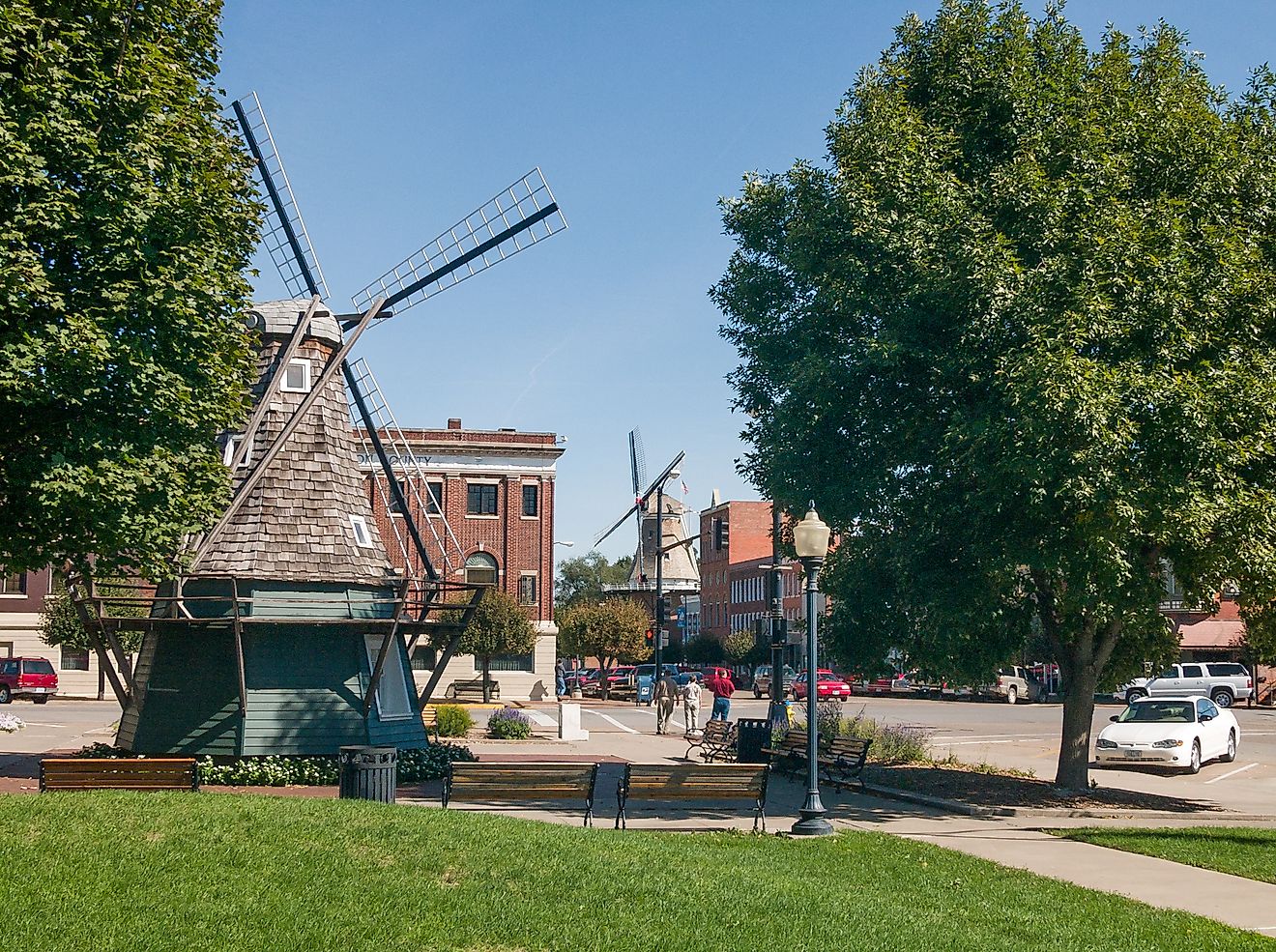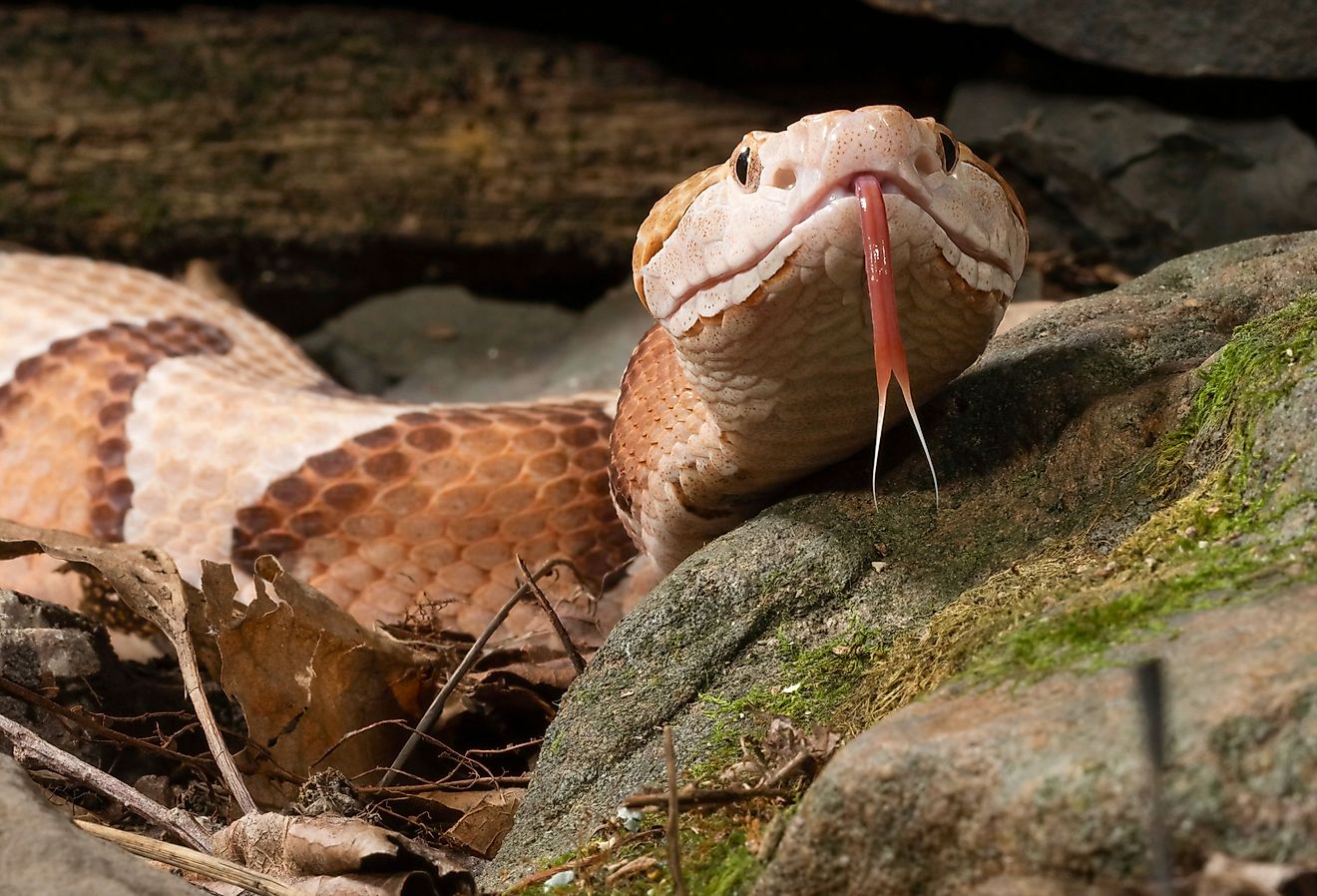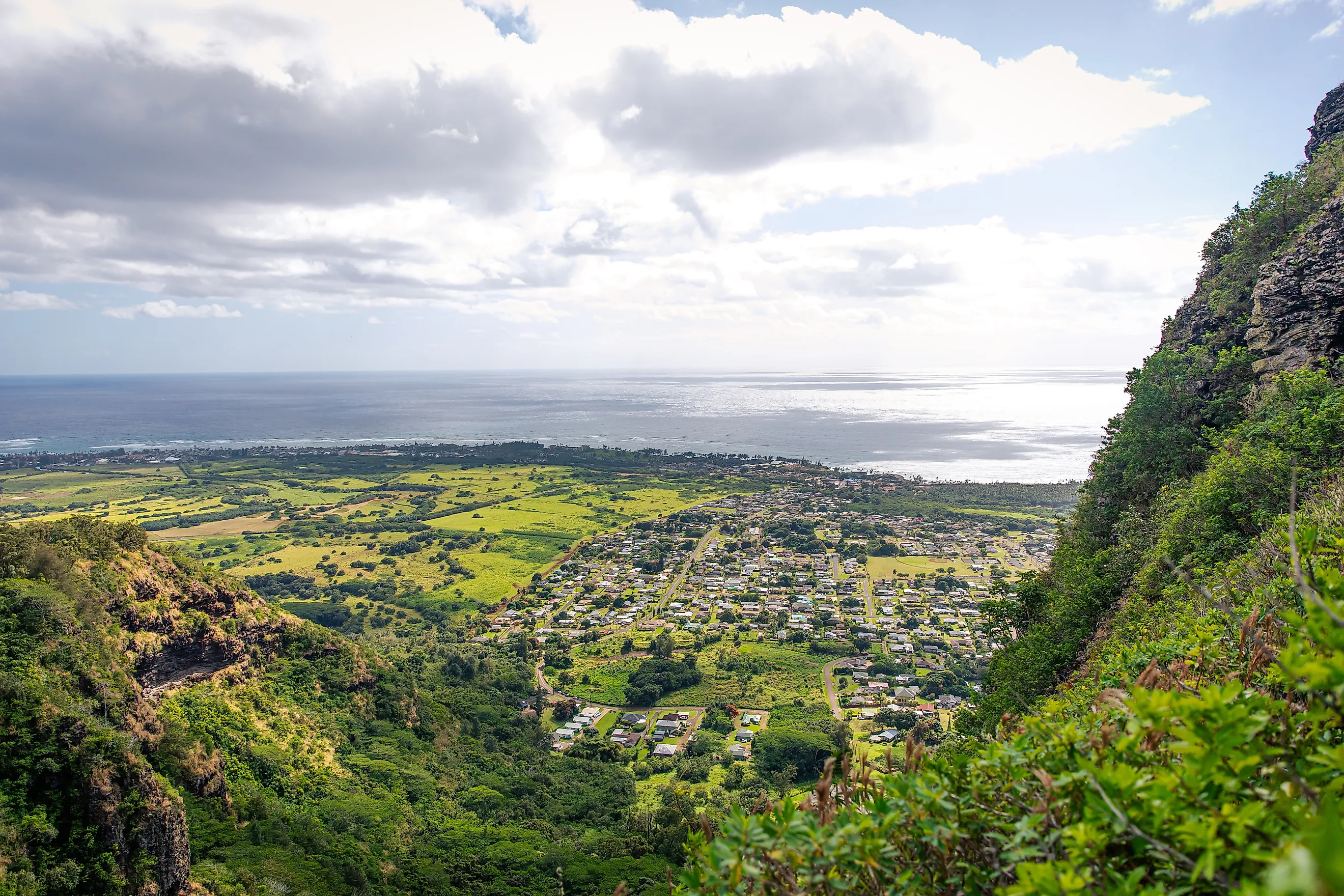
8 Fairy-Tale Small Towns In Hawaii
Hawaii’s magic is not limited to beaches and big resorts. Scattered across its islands are smaller places that feel like something out of a storybook, where rainforests meet old wooden storefronts, waterfalls hide just beyond the road, and time moves in quiet, deliberate steps. In Hāna, a winding coastal drive ends in a world of lush seclusion. Haleiwa showcases surf culture with quirky galleries and plantation-era buildings. Makawao surprises with cowboy roots and a thriving art scene. And in Honokaʻa, pastel-painted shops line a road that leads straight into the green folds of Waipiʻo Valley. This article takes you through eight of Hawaii’s most enchanting small towns, each with fewer than 20,000 residents and plenty of character. You will find places to explore, bits of local history, and the kind of beauty that feels almost unreal.
Hāna, Maui
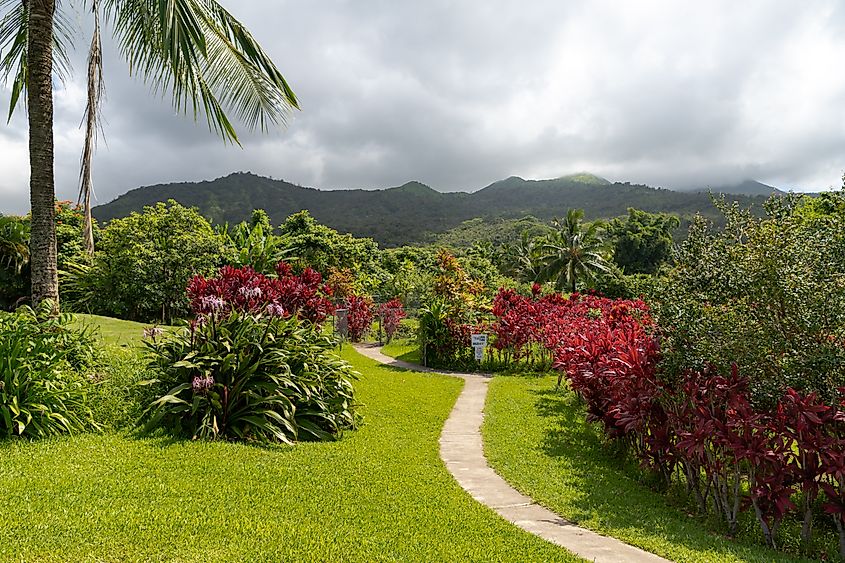
Reaching Hāna feels like stepping into another world. Located on the remote eastern edge of Maui, this tiny community lies at the end of the famous Road to Hāna, a 64-mile route of hairpin turns, cliffside views, and over 50 one-lane bridges.
Despite its isolation, Hāna holds some of Maui’s most stunning and lesser-known spots. Waiʻanapanapa State Park is a must-see, where visitors find a black sand beach framed by lava cliffs, sea caves, and natural blowholes. A few miles south, Koki Beach delivers sweeping red sand views backed by rugged hills, often with few people in sight. For a glimpse into ancient Hawaii, Kahanu Garden showcases native plants and one of the island’s most sacred sites, Piʻilanihale Heiau, a massive lava-rock temple that stretches across the hillside.
Haleiwa, Oʻahu
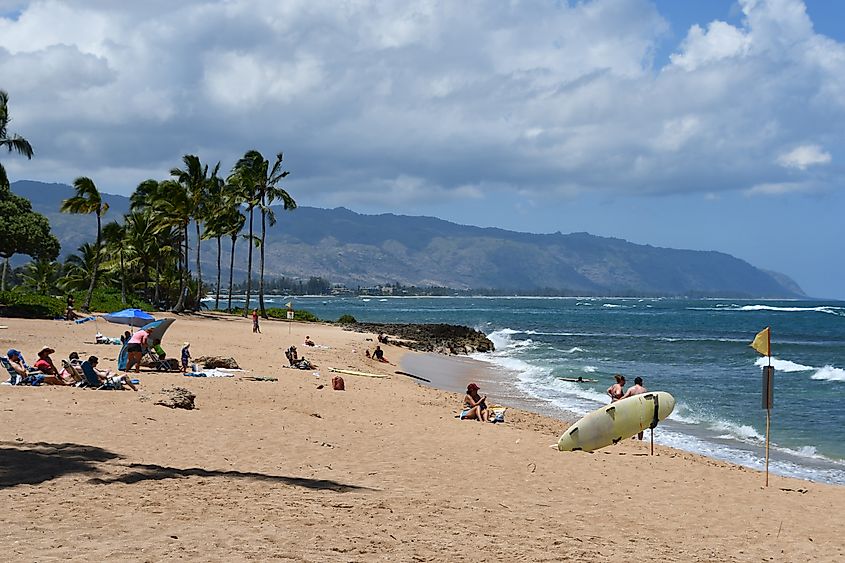
On the North Shore of Oʻahu, Haleiwa is known for its deep-rooted old tales, laid-back surf culture, and colorful streets lined with restored plantation-era buildings. This former sugar island has become a hub for local creativity and small businesses, while still keeping its old-time feel.
Stop by the Polu Gallery Haleiwa to see paintings, woodwork, and photography from area artists. Around the corner, Matsumoto Shave Ice is a local favorite that has been serving up rainbow-colored treats since 1951. Laniakea Beach draws visitors hoping to spot Hawaiian green sea turtles sunbathing on the sand. History buffs can visit Liliʻuokalani Protestant Church, founded in 1832, which still holds services in a building made from hand-cut lava rock.
Hōlualoa, Big Island
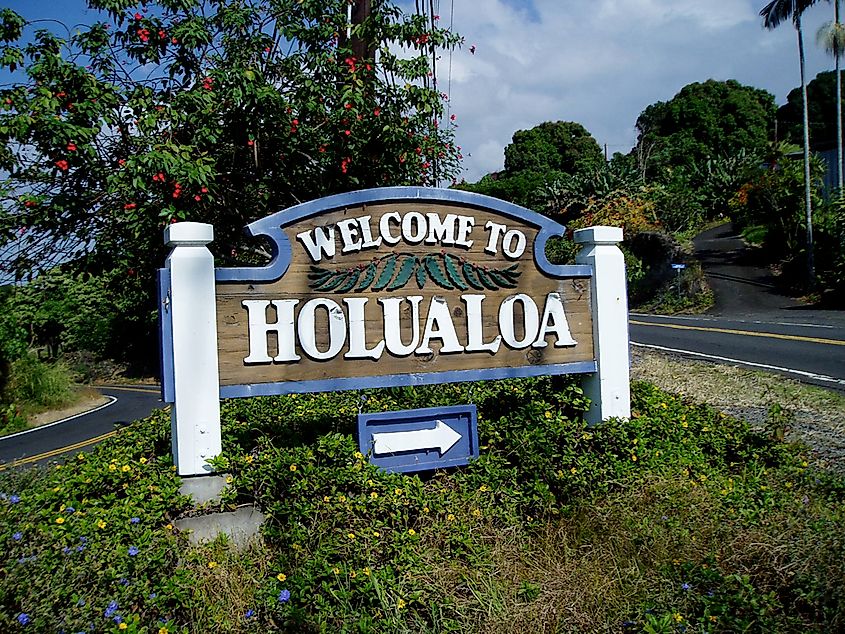
Tucked in the hills above Kailua-Kona, Hōlualoa is surrounded by coffee farms, tree-lined roads, and small art studios that feel far from the island’s busier coastal areas. The elevation brings cooler air and sweeping views over the Kona coast, making it a peaceful place to explore on foot.
Along Hōlualoa Main Street, you will find working galleries like Dovetail Gallery and Design, where local artists display paintings, woodwork, and ceramics inspired by island life. Several Kona coffee farms offer tours nearby, including Hōlualoa Kona Coffee Company, where visitors can walk the grounds and learn about the roasting process. The historic Hōlualoa Inn adds to the area’s layered cultural identity. Quiet and creative, Hōlualoa has the feel of a hillside village that has stayed true to itself over time.
Waimea, Big Island
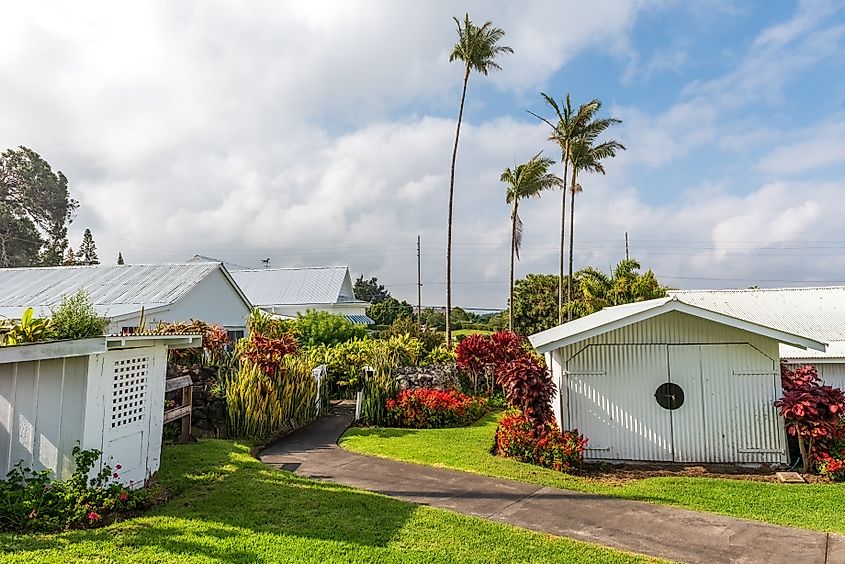
Set in the rolling green uplands of the Big Island’s South Kohala region, Waimea is known for its paniolo (Hawaiian cowboy) roots and open pastures. Unlike the other parts of the island, Waimea feels more like the countryside, with cool air, ranch lands, and wide horizons.
A great first stop is Parker Ranch, one of the largest cattle ranches in the U.S., founded in 1847. The ranch center includes two preserved homes, family heirlooms, and displays that give insight into cowboy life on the island. For a closer connection to local agriculture, the Waimea Town Market runs every Saturday and features fresh produce, baked goods, and handmade items from nearby farms. On clear days, you can head up to W.M. Keck Observatory Headquarters, where exhibits explain the science behind the giant telescopes atop Mauna Kea. Anna Ranch Heritage Center tells the story of Anna Lindsey Perry-Fiske, Hawaii’s first female paniolo and a key figure in Waimea’s ranching legacy.
Makawao, Maui
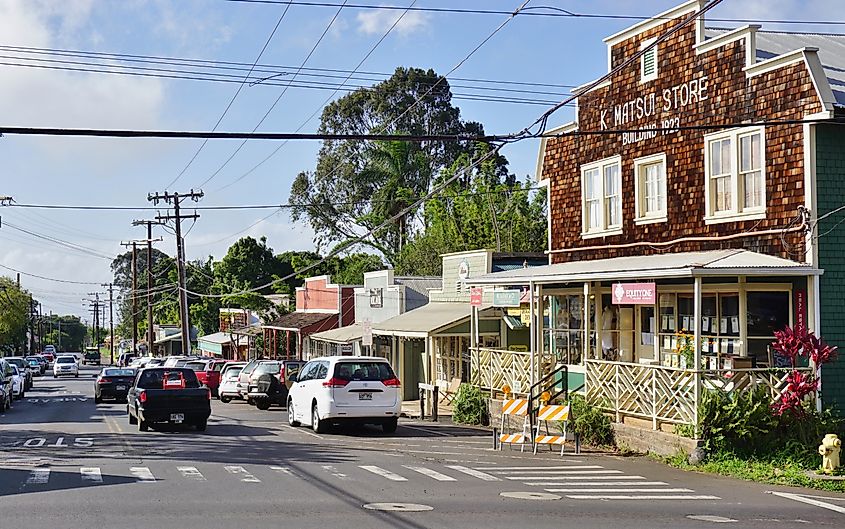
Perched on the slopes of Haleakalā, Makawao is one of Maui’s most distinctive upcountry communities. It has long been a crossroads between ranching and the arts, with galleries, boutiques, and saddle shops lining its main street.
Take a hike or go mountain biking on the Makawao Forest Reserve with its cool atmosphere and the popular Kahakapao Loop Trail, where you will get to see diverse native trees and plants. Just a short walk away, Viewpoints Gallery showcases contemporary work from local painters, sculptors, and ceramicists. At Komoda Store & Bakery, a family-run shop since 1916, visitors line up early for cream puffs and stick donuts. For a peaceful escape, Oskie Rice Event Center sometimes hosts weekend rodeos where paniolo traditions are still on full display.
Kapaʻa, Kauaʻi
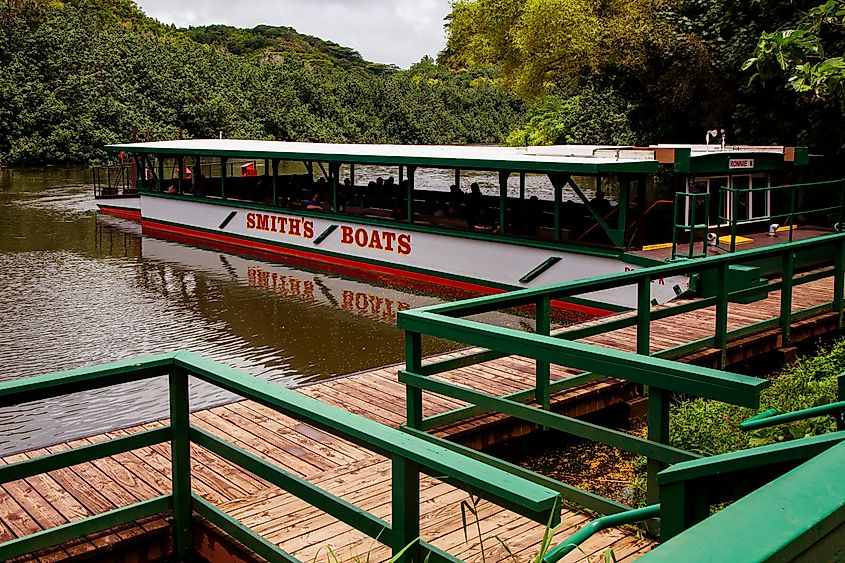
Located along Kauaʻi’s eastern Coconut Coast, Kapaʻa fuses small-town pace with oceanfront views and plantation-era landmarks. It is one of the most walkable areas on the island, with local shops, cafés, and cultural stops all within reach.
The Ke Ala Hele Makalae trail stretches for miles along the shoreline, perfect for biking or walking with wide ocean views. The Seto Building, constructed in 1929 as a food market, stands out with its Chinese architectural features and links to early commercial life in the area. For something more adventurous, the nearby Wailua River offers kayak and paddleboard rentals that lead through lush valleys and toward waterfalls like Ōpaekaʻa Falls. On the first Saturday of every month, the streets come alive during the Kapaʻa Art Walk, where food trucks, music, and artists take over the sidewalks.
Honokaʻa, Big Island
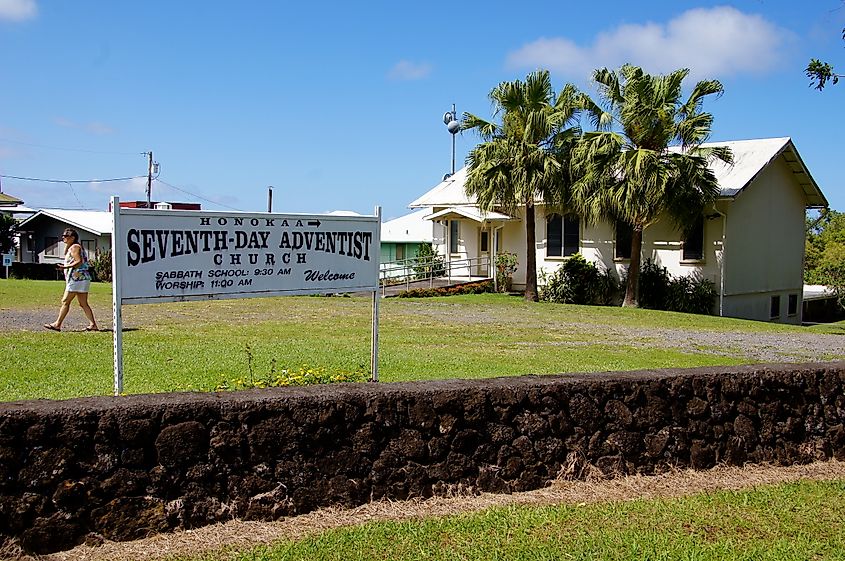
Honokaʻa sits along the Hāmākua Coast, where old plantation storefronts line a single main road that once served as the commercial heart of a thriving sugar industry. Its quiet atmosphere and restored buildings give the area a vintage feel that has not been overshadowed by modern development.
The Honokaʻa People’s Theatre opened in 1930 and is still screening films and hosting community events. Just down the road, Tex Drive-In has become a local favorite for fresh malasadas and plate lunches, especially among those heading to or from the coast. The Hāmākua Harvest Farmers Market, held every Sunday, features locally grown produce, crafts, and live music. A short drive east brings you to the lookout over Waipiʻo Valley, a deeply cut gorge with taro fields, waterfalls, and steep cliffs that once held royal significance.
Kaunakakai, Molokaʻi
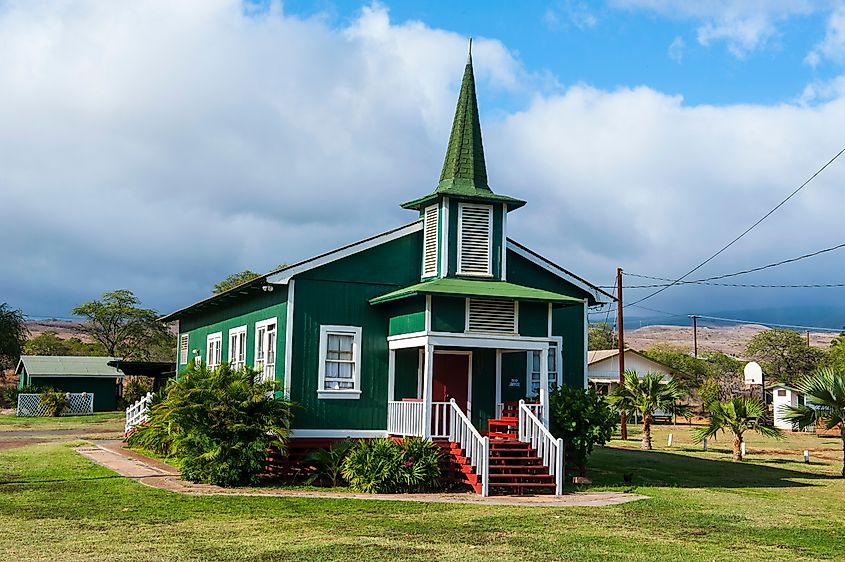
Kaunakakai is the central hub of Molokaʻi and one of the few places on the island where life gathers along a main street. Unlike other towns in Hawaii, there are no stoplights here, and that’s exactly the way residents prefer it.
Kaunakakai Wharf is one of the longest piers in Hawaii, used daily by local fishermen and a great spot for ocean views. A few blocks away, Kanemitsu Bakery has been known since the 1930s for its late-night hot bread, sold by the loaf and filled with jelly, butter, or cream cheese. The Molokai Museum and Cultural Center features exhibits on sugar production, royal visits, and daily life on Molokaʻi. A short drive east, Kakahaia National Wildlife Refuge protects wetlands and an old fishpond where native birds and seasonal migrants gather.
Fairy tales are not always about castles and cobblestone streets; sometimes, they are about sea cliffs, ranch lands, and main roads lined with weathered wood buildings. From the quiet wharf in Kaunakakai to the rain-soaked trails of Hāna, these small Hawaiian towns remind us that magic often hides in the calmest corners. If you are looking for places that feel untouched, full of local flavor, and rich with real stories, this list is your invitation to explore.
